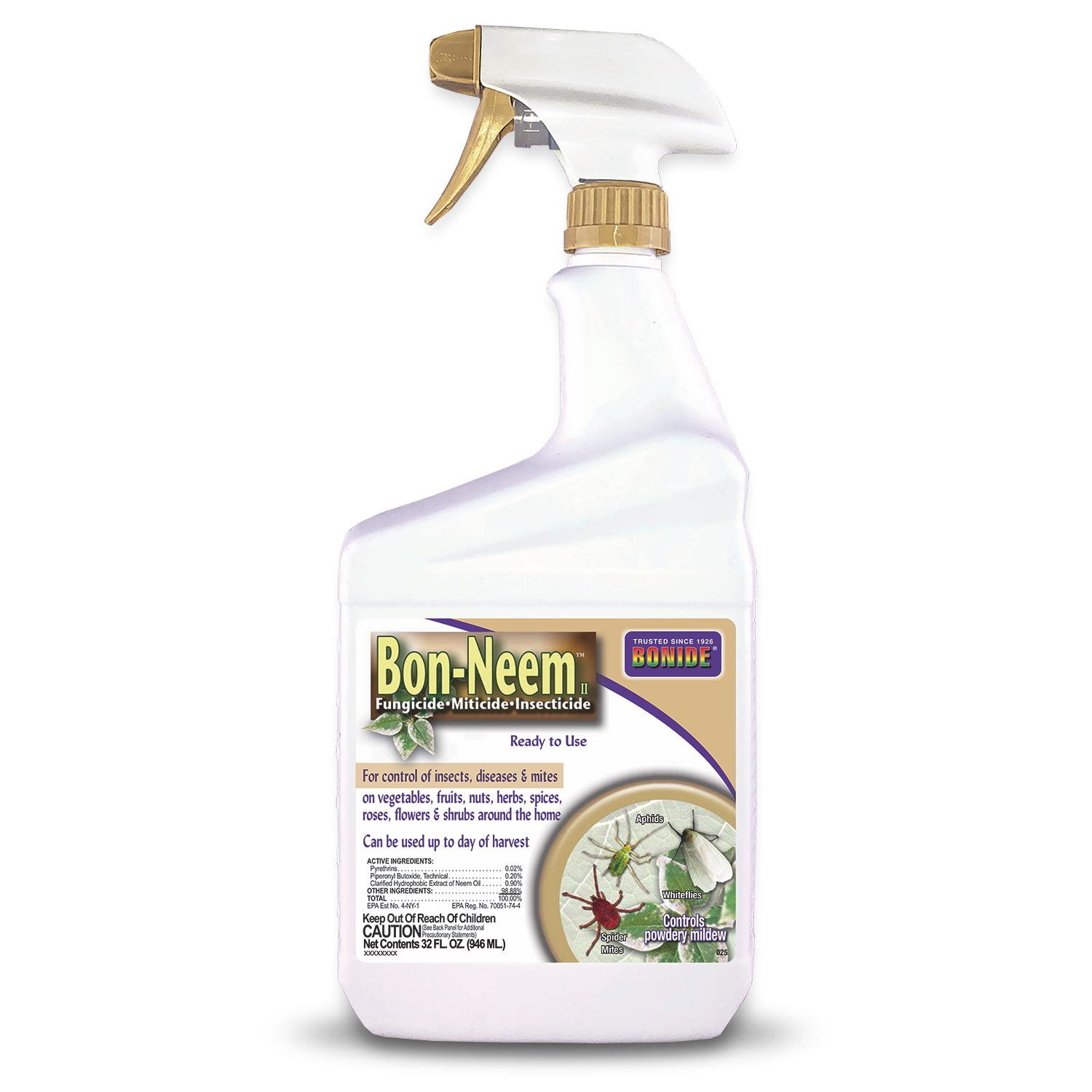
There are some 2,500 species of these small, agile, wedge-shaped insects; many types are handsomely colored and patterned. Both adults and nymphs, which look like wingless or short-winged adults, suck sap from leaf undersides. Some species favor just one kind of plant, while others enjoy a wide variety. Leaf hoppers run sideways when disturbed and, as the name implies, can leap from plants; the adults also fly. Although populations can burgeon, leaf hoppers aren’t present in large enough numbers to cause great harm.
Target: Many plants.
Damage: Leaves are whitened and mottled; the edges may turn brown and curl upward, a condition called hopper-burn. Severe infestations may cause stunting or leaf drop. Leaf hoppers excrete honeydew, which attracts ants and fosters sooty mold. The pests also spread diseases as they feed.
Life cycle: Adults lay yellowish, elongated, slightly curved eggs in the stems or leaf veins of host plants. The pests usually overwinter as adults in debris or weeds. There are several generations each year.
Notes: Leaf hoppers leave tiny, varnish like spots of excrement on plants.



















